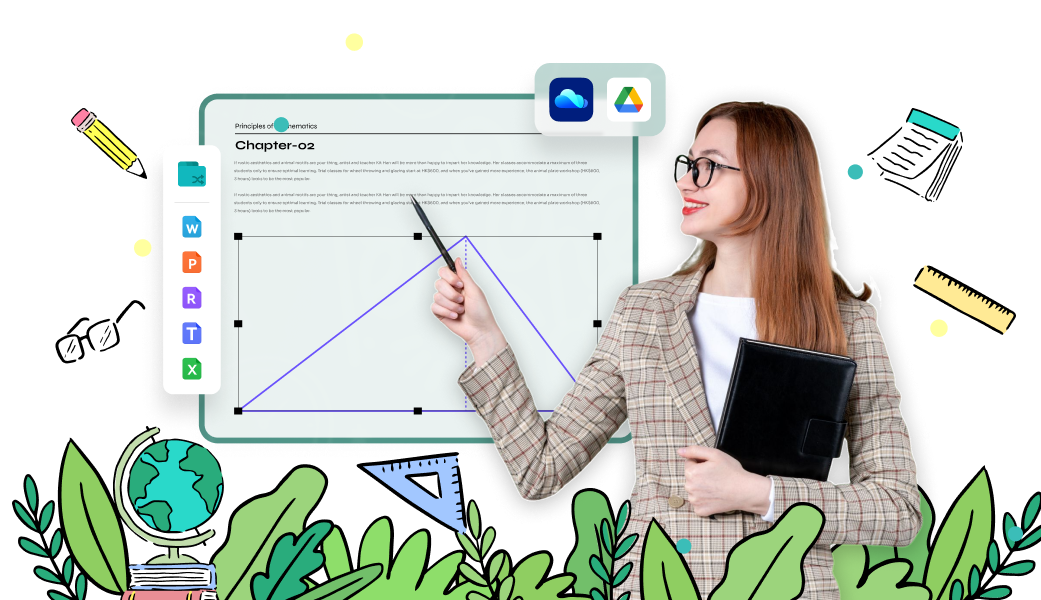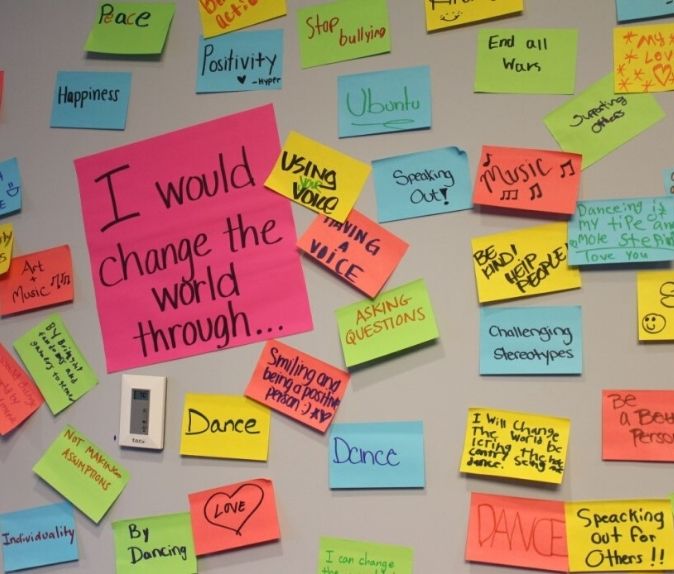Free Advice For Choosing Italian Kindergarten Teaching Support
Wiki Article
What Teaching Materials Do Italian Primary Or Nursery School Need?
To support their learning and development To support their learning and development, an Italian primary school or nursery must offer a variety of materials. Here are a few examples of materials that might be required: Textbooks workbooks, and other instructional aids: They are crucial for teaching fundamental subjects such as Italian, mathematics, science, or social studies.
Craft and art materials: These include crayons, paint, brushes, markers and other materials students can use to create projects.
Manipulatives - Blocks, games, and puzzles can help develop critical thinking skills and problem solving.
Education technology: Computers (tablets and other.) and other technology can be used to assist students learn and offer them additional tools.
Visual aids: Posters, charts, maps and other visual aids are useful for helping students to learn and retain important concepts.
Books: A variety of books for children that are age appropriate written in Italian can encourage reading and language development.
Musical Instruments Use of musical instruments like xylophones, xylophones, and tambourines can aid in teaching music appreciation and rhythm.
Safety materials: First aid kits with fire extinguishers as well as posters for emergency procedures are essential to ensure the safety and well-being of staff and students.
Sport equipment: Cones, balls, and various other sports equipment can be utilized in physical education classes or playing outside.
Overall, Italian primary and nursery schools will require a diverse range of teaching materials to create an engaging and stimulating learning environment for their students. Have a look at the recommended scuola primaria for website recommendations.

What Kind Of Mathematics Teaching Material Do Italian Schools Need?
Materials for teaching math can be helpful in Italian nursery schools. They help children develop their problem-solving, spatial, and numerical abilities. Some examples of the support needed for mathematics teaching materials include: training for teachers and caretakers: Teachers as well as caretakers might require instruction on how they can incorporate mathematics concepts in everyday activities, and also how to use math teaching materials.
Curriculum and lesson plans: A curriculum and lessons plans that are well-designed and incorporate math concepts can help kids be exposed to a broad variety of math concepts and abilities.
Visual aids and manipulatives: Posters, charts and counting bears can be used to help students grasp mathematical concepts using an interactive and tactile method.
Technology-based resources: Technology can provide children with learning tools that are more extensive like math-related apps on tablets and games.
Assessment Tools: Assessment tools help teachers and caregivers keep track of the performance of their students and find areas where additional support is required.
Parental involvement: Involving parents in maths education can reinforce the mathematical concepts learned in the nursery and increase the involvement of families in the process of learning.
It is crucial that the material used for teaching math to young children is age appropriate. Teachers and caregivers can make use of this material to create engaging and enjoyable math games that encourage children's enthusiasm for learning and curiosity. View the top rated materiale didattico matematica sostegno for website recommendations.

What Kind Of Support Is Needed For The Teaching Of Science In Italian Kindergartens?
It is essential to support science teaching materials in Italian nurseries so that children can explore and explore their surroundings. Here are a few examples of when science-related materials could be required: Curriculum and lesson plan: A well-designed lesson program that incorporates science-based concepts will make sure that youngsters are exposed to and taught a variety of scientific concepts.
Visual aids can also be useful. Charts and posters along with manipulatives such as magnifying glasses and natural specimens can help children learn scientific concepts in a visual manner.
Books and Videos: Books and videos that cover science topics like animals, plants and weather are a fantastic method of engaging children in learning as well as give them additional resources.
Outdoor learning spaces: Gardens and playgrounds, for example are a great way to give children the opportunity to explore and learn about the natural world.
Parents involved: Involving parents in the teaching of concepts in the nursery and promote the involvement of their children in the classroom.
Assessment Tools: Assessment tools can be helpful for caregivers and teachers to observe children's progress and pinpoint areas in which needing additional assistance.
The materials that are used to aid in science education should be suitable for young children. These materials are ideal for teachers and parents to develop interactive, engaging science activities that encourage children's enthusiasm for studying and curiosity. Read the best sostegno scienze for more tips.

What Materials For Teaching Geography Are Needed In Italian Nurseries?
Geography teaching materials in Italian nurseries can help children develop an understanding of the world around them, and also learn about the different cultures and settings. Some examples of the materials you may need for teaching geography are maps. Maps are helpful in helping children understand the diverse regions and countries as well as the location of natural features and landmarks.
Globes are a great way for children to see the Earth's surface and discover the various continents and oceans.
Pictures and video Pictures and videos various locations around the world can help children understand the different cultures and develop a sense of appreciation for them.
Books: Age-appropriate and appropriate books that feature different locations and cultures can help children gain an interest in geography as well as a sense of curiosity about the world.
Natural materials can help children to learn about different ecosystems.
Field trips: Field trips to local parks, zoos, or museums can provide children with engaging experiences that allow them to learn about geography in a real-world context.
The resources you select to teach geography must be appropriate for children of all ages, and sensitive to the culture of your students. Teachers and parents can utilize these materials to create engaging and interactive activities in geography that encourage children's curiosity as well as fascination with the world that surrounds them.
